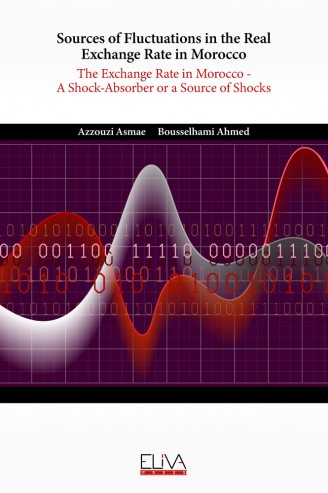描述
留下评论
描述
In this book, we examine the impact of nominal and real shocks on the behavior of the real exchange rate of the Moroccan dirham. To do so, we use a long-run structural vector autoregression (SVAR) approach, based on a Mundell–Fleming–Dornbusch type model, to identify the three types of shocks in the traditional investment-savings and liquidity preference-money supply (IS-LM) framework: real supply shocks; real demand shocks; and nominal shocks. We find that real shocks play a dominant role in exchange rate fluctuations, suggesting that a floating exchange rate may be preferable to the exchange rate regime in Morocco.
Therefore, we can say that the exchange rate plays a role as a shock absorber in the Moroccan economy.

